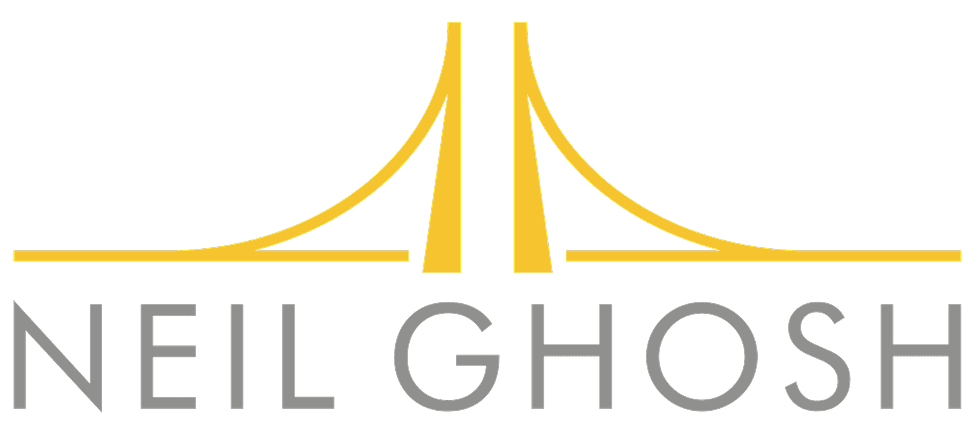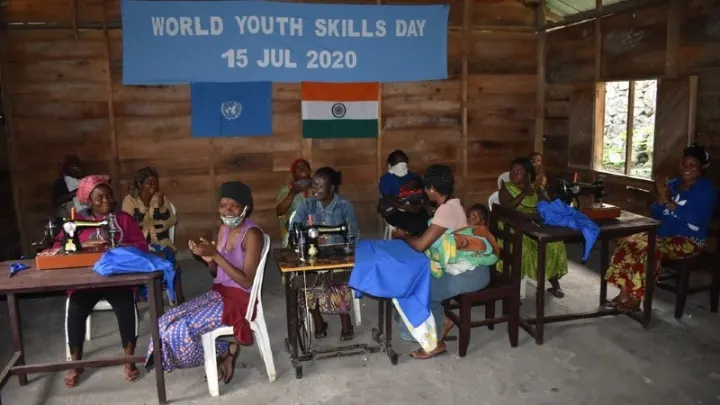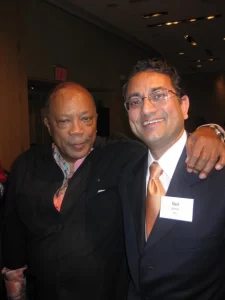As donors evolve in their thinking, they are asking civil society, including NGOs, to evolve as well. This op-ed outlines the trends in the donor community.
There was a time when we in the development community identified needs, designed projects, requested funding from our donors, and received their support. The work was intrinsically worthwhile, so donors were satisfied if we could demonstrate some benefit as our projects moved along. They were happy to help advance the upward trajectory we had plotted out for humanity.
Times have changed.
Just as we must recognize that the programmatic solutions of 50, 30, or even five years ago will not work today, so too must we accept that the current philanthropic community has different priorities and a different mentality from donors of just a decade ago.
In part, donors have become investors who insist on a return in the form of impact, scale, and — perhaps most importantly — systemic change.
Alongside this shift, I have noticed a more subtle but unmistakable turn toward a more holistic approach to the challenges we face. Donors across the political spectrum are beginning to recognize the complex interplay and impact of numerous factors — education, nutrition, health care, employment — that affect people’s lives, and they are united in their commitment to building opportunities for children, youths, and families.
As we confront the spread of the coronavirus and watch as schools close and parents worry about losing their means of support, the interconnected ways in which these factors bring stability to children’s lives are brought into stark relief.
As donors evolve in their thinking, they are asking civil society, including NGOs, to evolve as well.
The recent social bond initiative by the Ford Foundation is a continuation of this thinking and what looks like a strong suggestion that the old model of philanthropy is pointless. The economy must be retooled to, in some way, prioritize activity that contributes directly — not as a voluntary byproduct — to social good. So on one level, the bond is simply a lifeline to civil society and the NGO sector; on another, it does seem to imply a new vision for the economy overall.
In my conversations over the past three years, I have asked both donors and practitioners about the most important trends in their sector. From those conversations, I distilled the following seven:
1. Youth training and employment. A demographic boom is happening across much of the world. Donors are recognizing that youth employment is key to social improvement across the board, especially in the developing world, which is home to 90% of the world’s young people.
This is not just an economic issue; it’s also a social one. This will benefit national economies, increase security, advance the Sustainable Development Goals, and improve the well-being of millions of families and communities. Many unemployed youths head to burgeoning megacities to search for work or migrate from struggling states to Europe or the U.S.
2. Systemic change. In Africa, the U.S. President’s Emergency Plan For AIDS Relief has set a trend of focusing on community- or household-level interventions that surround individual needs — nutrition, livelihood, education — rather than focusing on the vulnerability of individuals. Donors also see the importance of strengthening local systems and programs to facilitate service delivery. Localization is crucial to self-sufficiency, empowerment, sustainability, and credibility.
3. Building resilience. Donors are seeking to reduce dependency on charity by developing integrated prevention strategies and initiatives to increase resilience.
Many donors are bundling poverty reduction, education, environmental protection, and gender equality as programmatic themes that must be addressed by implementing partners as part of an overall effort to build resilience to shocks, such as catastrophic health issues, poor harvests, or the loss of income. Workforce integration and skills-building — with sensitivity to child labor concerns and safety — have also started becoming trends.
4. Collaboration. Donors are demanding more collaboration with other civil society actors, spanning the global south and global north — and they are recognizing that collaboration lessens the financial burden of development while magnifying its impact. In addition, there is greater emphasis on working with local and national governments and abiding by established protocols and regulations.
5. Accountability. There is virtual consensus in the development community on the need to improve measurement and evaluation of its work. This is driven as much by a new culture of accountability as by a true desire to make every penny count toward the ultimate goal of impact. Programs will need to provide local implementers with technical capacity-building and support so that they can accurately measure and assess the success or failure of a project.
6. Big ideas. Donors are open to bold, innovative ideas that will bring transformative change. While ostensibly more focused on the bottom line, donors I spoke with were enthusiastic about the need for civil society to think big. They are driven by a tremendous sense of urgency when confronting major systemic gaps.
One starting point could be to explore solutions that acknowledge the interconnected nature of pressing issues — for example, the links between environmental degradation, extreme poverty, and youth unemployment — and to engage the private sector in possible approaches.
7. “In my backyard.” The U.S. has its own development needs, even as we continue to lead the world in international development. The U.S. now ranks 39th when it comes to children’s well-being, according to a report in medical journal The Lancet.
Furthermore, wage stagnation, wealth inequality, automation, and structural economic transition driven by technology and globalization have hollowed out the middle class in recent years, with far-reaching social, economic, and political effects — impacts that will likely deepen due to the COVID-19 pandemic.
It is important to unpack these trends in concert, without isolating them in separate silos. An overall focus on cooperation — significantly more public-private partnerships in lower-income nations — youth employment, holistic interventions, and systemwide change frames the actions of today’s donor community.
Yes, these trends may be difficult for many in the development community to process. But to ignore them is to court irrelevance and worse: the reversal of the progress of the last half-century. To jump-start the discussion, we need to bring the most reliable donors into these conversations.
In the end, I believe these trends present rich new opportunities for those in civil society, government, and the private sector willing to internalize their deeper meaning and to respond by contouring their thinking and cultures to align with new perspectives and approaches.
The donor community is speaking. To those who are listening, this can be a time of unprecedented growth, collaboration, and transformation.




